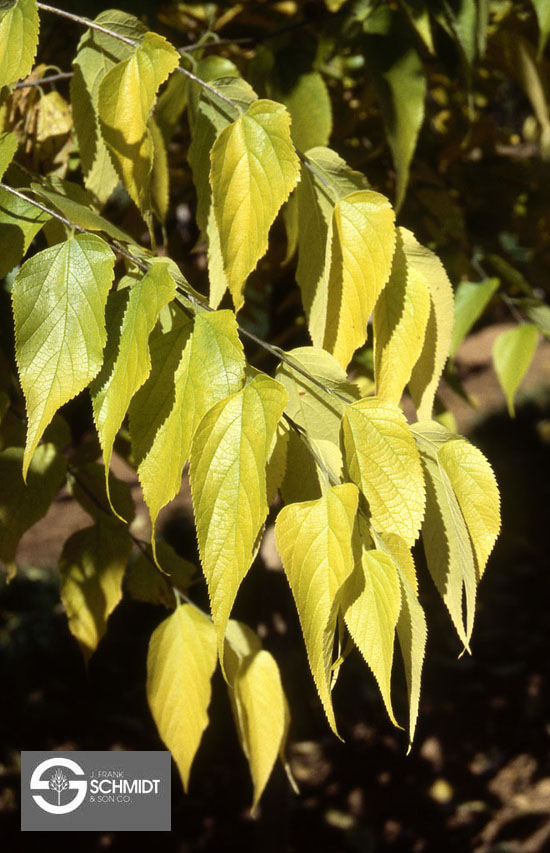hackberry tree leaves turning yellow
The leaves are light green on the top and paler green on the underside. When a trees leaves turn yellow its often an early indication of a pest problem or disease associated with fungi or bacteria.

Hackberry Tree On The Tree Guide At Arborday Org
It flowers in May then produces small berries that turn orangy red to a really dark purple.
. Recently we received two different samples from affected trees. The wood is light yellow heavy soft coarse grained and not strong. Adults are light brown with flecks of creamish-white and look like miniature cicadas.
The Tree is a deciduous tree it will be up to 25 m 82 ft high. Best soil properties for common hackberry Sandy loams to clay soils. In the past few weeks the Plant Clinic has received several calls about hackberry trees dropping their leaves.
The hackberry trees leaves change color in the fall turning yellow before falling off of the tree. Trees most commonly affected are hackberry sycamore and oak. Over time the color of the leaves becomes dark green.
18th to 316th long. In the fall hackberry leaves turn an undistinguished yellow or pale green. Ten to twenty percent or more leaf drop is possible but unless a tree is heavily defoliated for several years in a row this normal adjustment to heat and dry weather doesnt affect the health of the tree.
Simple ovate to egg-shaped with a dull rough surfaceIts leaves look similar to elm leaves and are medium green leaves turn a yellow fall color. Heat and drought stress will cause the tree to lose leaves that it cannot support with the available soil moisture. Each leaf hangs from a stem petiole that is 05 to 08 13 2 cm long.
Read more on it here. Leaves are smaller in size and turn yellow earlier than normal. Leaf size is about 2-5 inches long with strongly unequal bases and a sharply tapering tip.
Looking for a tree that will mature quickly with little intervention. This pest is normally considered just a nuisance rather than destructive to the tree. When new leaves emerge their color is light green.
Leaves are glossy green ovate-lanceolate acuminate and the base is rounded and asymmetric. Hackberry Celtis occidentalis is a native tree of the US and is also known as common hackberry and nettletree. 2 12- to 4-inch dark green leaves.
Besides being a great habitat tree for birds the netleaf hackberry is. Fruit cone nut and seed descriptions. Again this year we are experiencing a bumper crop of hackberry lace bugs.
A single fleshy berry-like drupe 13 inch diameter starts out green changing to a deep purple-brown. Full sun to partial sun. Other trees besides hackberry have lace bugs but hackberry seems to suffer the most.
In autumn the leaves turn a bright yellow. Hackberry Nipple Galls Deform Tree Leaves Siouxland Homes Siouxcityjournal Com Trees most commonly affected are hackberry sycamore and oak. In the fall Hackberry leaves turn yellow or yellow-green accompanied by small orange-red to deep-purple fruits.
They pierce the leaf epidermis with their sucking mouthparts and cause the characteristic pale yellow scorched or bleached discoloration on the upper leaf surfaces. 13 to 12 inch berry-like fruit called drupes that change from green to purple or reddish-brown in autumn. Raised cushion-like bumps on affected branches may be cream to orange or red turn black with age.
In the fall the leaves turn a bright yellow to yellow-green. The leaves are about 2 to 4 inches long and at full growth are bright green rough above and paler green beneath. Hackberry leaves have teeth and taper towards the tip.
The underside of heavily infested leaves will be speckled with small black shiny varnish spots excrement. Yellow discolorations on upper leaf surface above the nipple galls. However it may also be the result of a vitamin or mineral deficiency.
Simple ovate leaves emerge in early spring with serrated edges unsymmetrical bases and tapered points. The Common Hackberry is botanically called Celtis occidentalis. Canopy appears thin with few leaves and multiple dead branches.
Leaves dropped for this reason will be yellow to tan with few if any leaf spots on them. Leaves are spotted with areas where the epidermis appears sunken. The leaves are ovoid and the flowers are greenish-white.
Yellowing Hackberry Trees Usually Means Lace Bugs. Premature leaf drop can occur during heavy infestations. They pierce the leaf epidermis with their sucking mouthparts and cause the characteristic pale yellow scorched or.
It has branches that grow close to the ground and it has leaves that are shaped like. Other trees in the area including maple and oak have been unaffected. When the eggs hatch the insects feed by sucking on the sap of the leaves which is why the leaves are yellow.
The leaves turn yellow before dropping in late fall so it does provide some fall color but also litter. Leaves that drop are most often yellow with no discernible disease spots. Aged bark has ridges and bumps like dried mud globs.
The leaves will stay on the ground for about 2 weeks before decomposing into nutrients for other plants to use. The tree grows in hardwood forests and limestone ground in its native habitat. Its leaves fall after turning bright yellow.
Simple alternate leaves 2 to 4 inches long. Adult lace bugs have attractive wings that are beautifully sculptured with an intricate pattern of veins resembling lace hence the common name. Leaves on hackberry trees are simple leaves that are arranged alternately on crooked branches.
Certain trees such as hackberry can drop all of the leaves and enter summer dormancy. The Hackberry is a great choice. Fall color is yellow.
The foliage is elm-like and the bark is corked and warty. Boom-you get October in July break out the rakes. Lace bugs feed on the underside of the leaves.
This tree can shoot up anywhere between 13 and 24 inches each year no matter what type of soil you have in your yard. Address color changes as soon as possible. Lace bugs feed on the underside of the leaves.
Treating for pests or providing additional nutrients may be the answer in restoring the trees health. You can see the eggs of the psyllids in your picture. Hackberry has a mature height of 40 to 60 feet with a 1- to 2-foot trunk diameter.
The upper surface of the leaves is rough textured and darker green in colour whereas the lower surface is smoother and paler green in colour. A very common pest of the Hackberry is the Hackberry Leaf Gall Psyllid. The hackberry tree is a deciduous tree that grows in North America.
The tree likes Sun to half-shade at the location and the soil should be sandy to loamy tolerates dryness. Fungal conks a semicircle shelf fungi can be found from the base of the tree up to 3 feet high on the trunk. Circular nipple-like swellings that project from the undersides of leaves.
A rim of white may be visible on the edge of. Conks are reddish brown and shiny on top white and porous underneath. Lace bugs are present every year on several of our common deciduous trees but only occasionally are the populations large enough to be noticed.
Hackberry nipple gall Pachypsylla celtidismamma.

Northern Hackberry Real Paleo Food Four Season Foraging
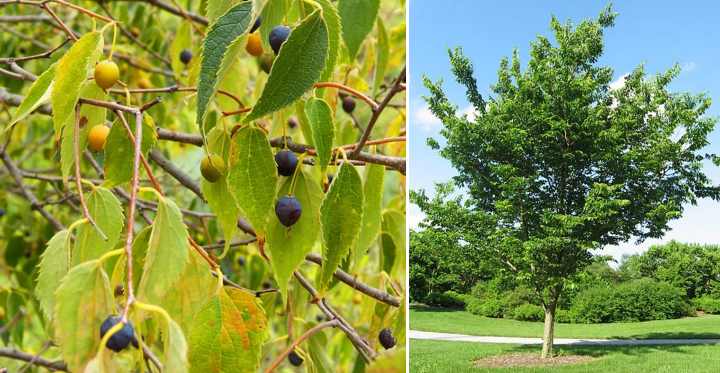
Hackberry Trees Celtis Common Types Leaves Bark Fruit Pictures Identification

How To Grow Hackberry Trees Gardening Channel

Hackberry Tree Guide How To Grow Care For Celtis Occidentalis

What S Wrong With My Plant Garden University Of Minnesota Extension
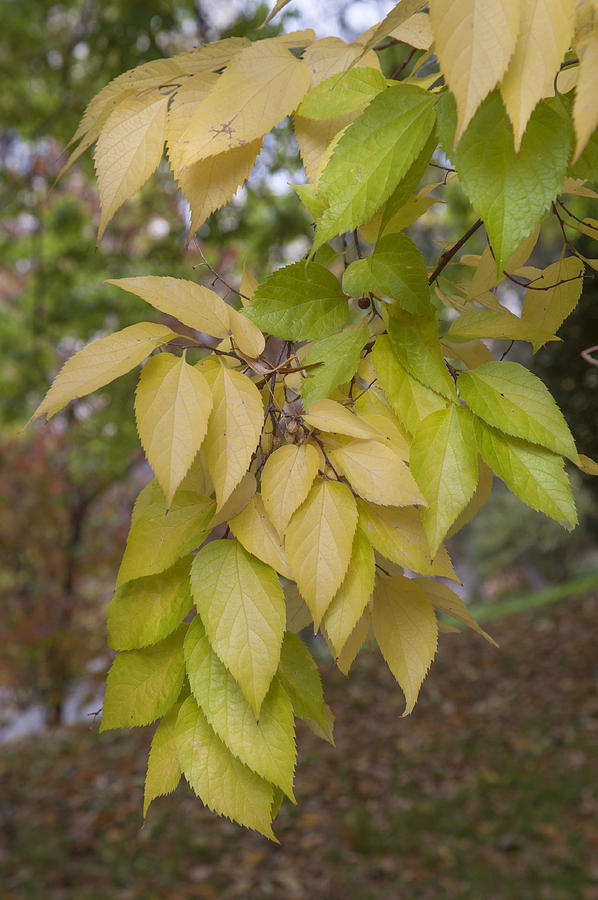
Yellow Leaves Of American Hackberry Tree Photograph By Jenny Rainbow

Hackberry Tree Guide How To Grow Care For Celtis Occidentalis
Texas A M Forest Service Trees Of Texas List Of Trees
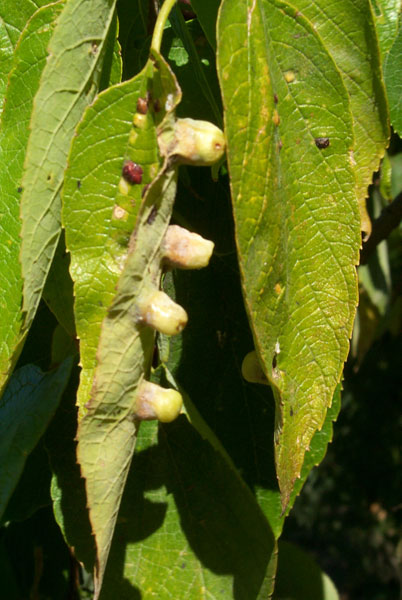
What S Wrong With My Plant Garden University Of Minnesota Extension

How To Grow Celtis Hackberry Garden Chronicle
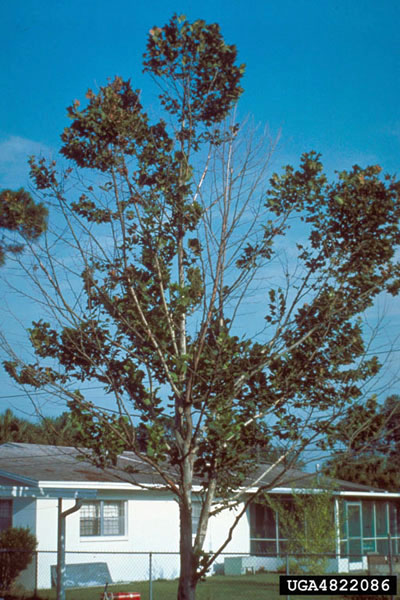
What S Wrong With My Plant Garden University Of Minnesota Extension
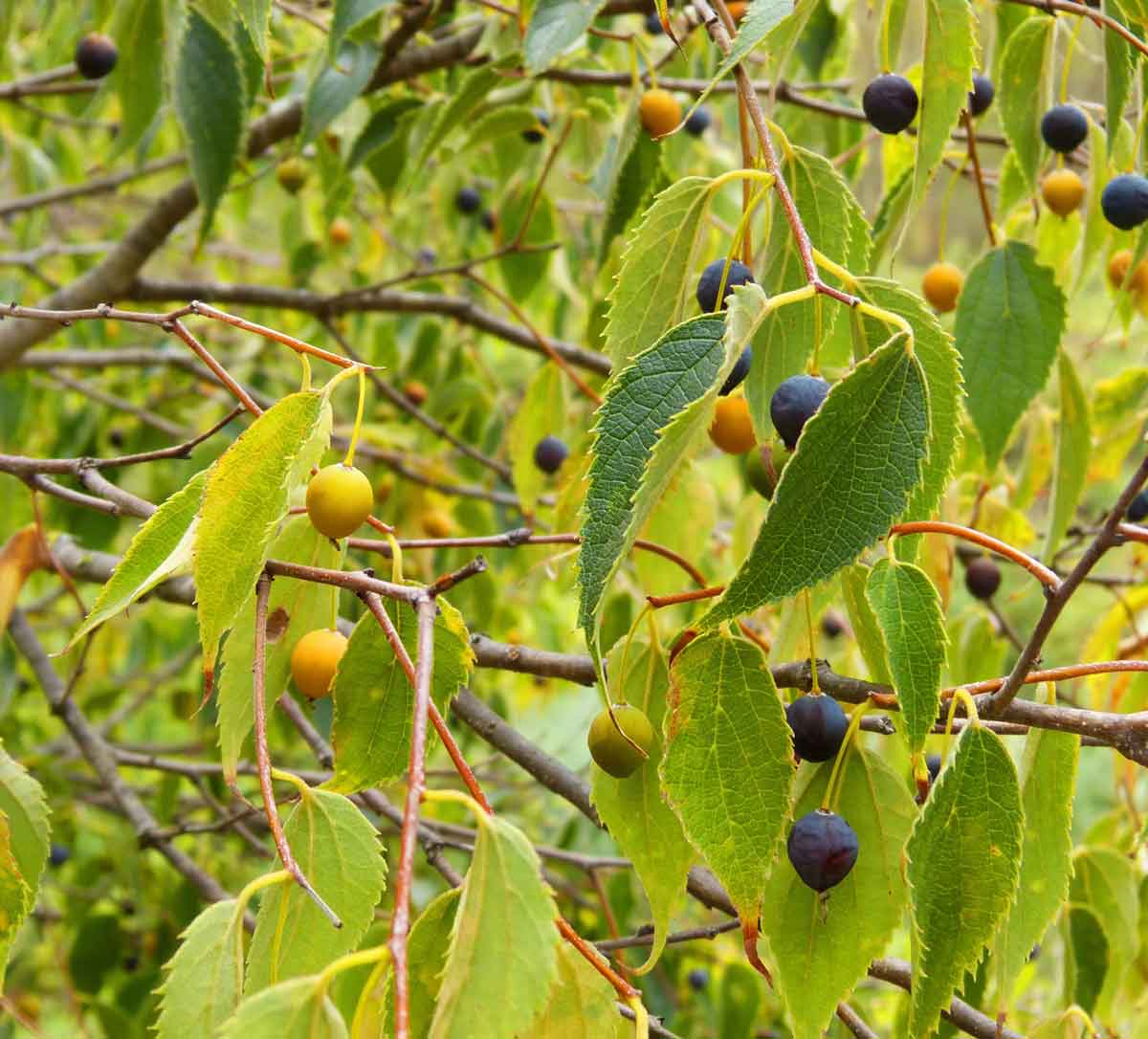
Hackberry Celtis Occidentalis Learning Stations At Ariel Foundation Park
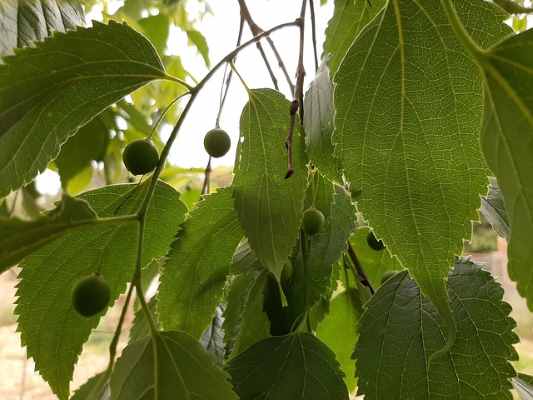
Hackberry Trees Celtis Common Types Leaves Bark Fruit Pictures Identification

What S Wrong With My Plant Garden University Of Minnesota Extension

Hackberry Trees The Garden Bench

Species Spotlight Hackberry Edge Of The Woods Native Plant Nursery Llc

Common Hackberry Northern Hackberry Nettletree American Hackberry Mdc Teacher Portal
